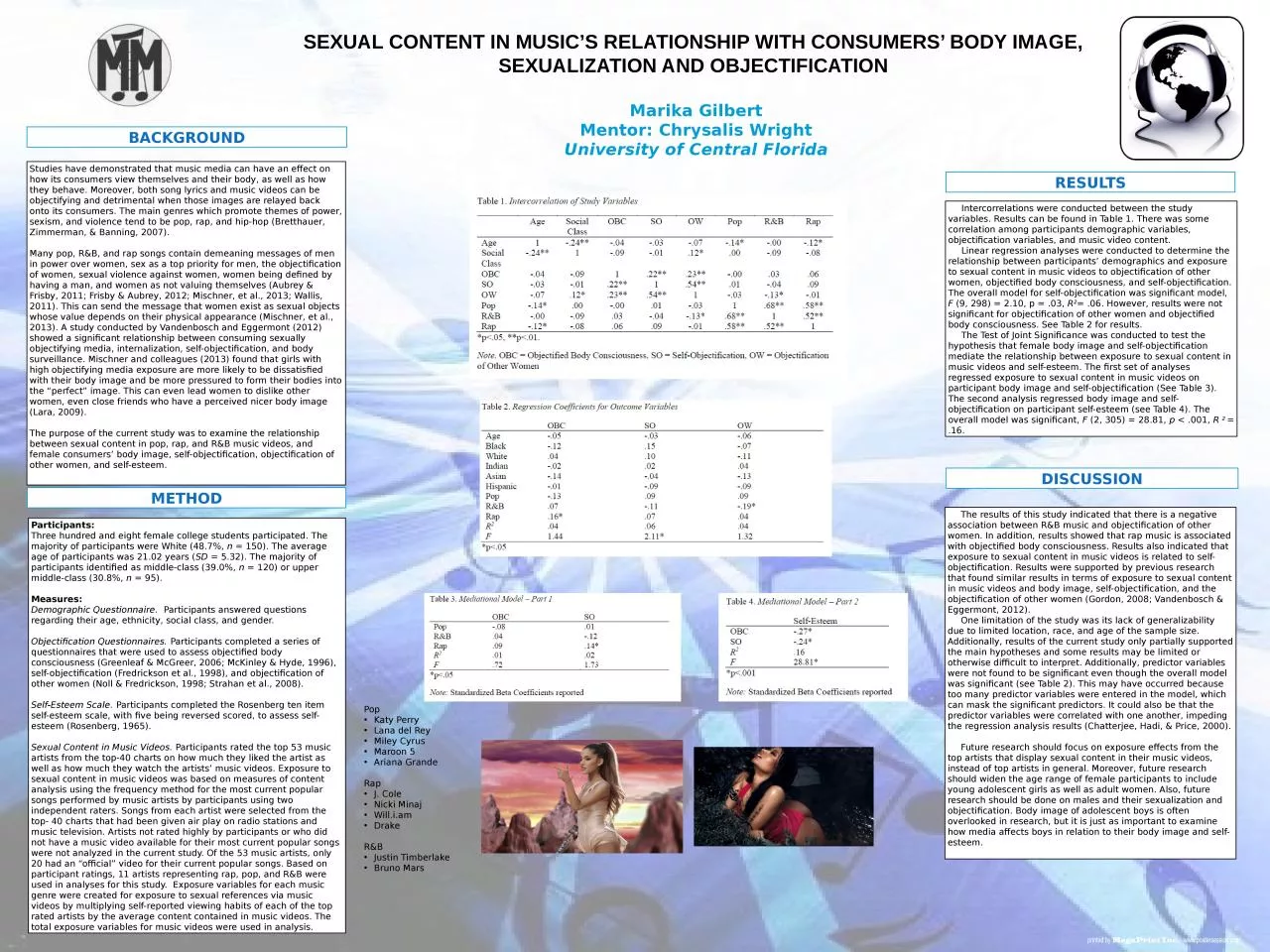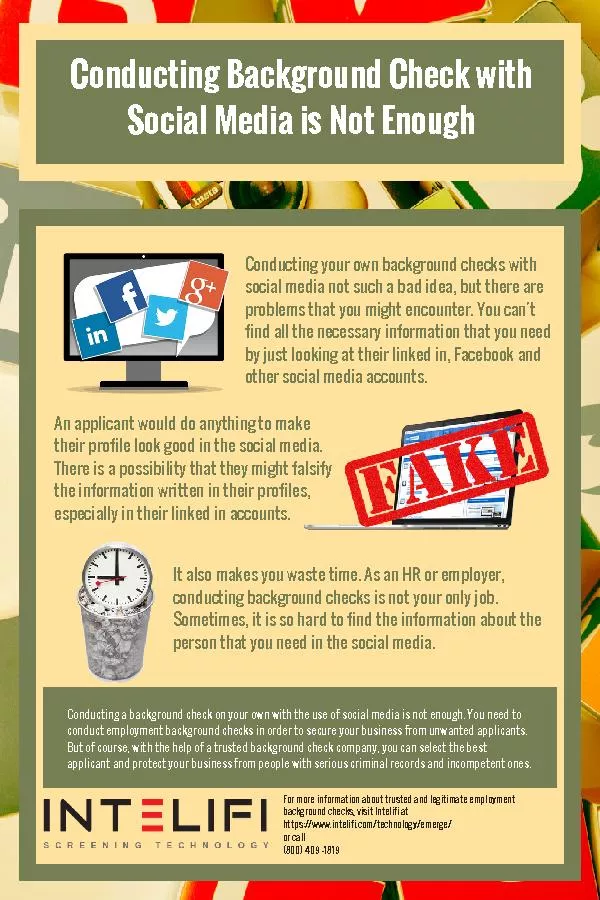PPT-Background Method Discussion
Author : fanny | Published Date : 2024-03-15
Participants Three hundred and eight female college students participated The majority of participants were White 487 n 150 The average age of participants was
Presentation Embed Code
Download Presentation
Download Presentation The PPT/PDF document "Background Method Discussion" is the property of its rightful owner. Permission is granted to download and print the materials on this website for personal, non-commercial use only, and to display it on your personal computer provided you do not modify the materials and that you retain all copyright notices contained in the materials. By downloading content from our website, you accept the terms of this agreement.
Background Method Discussion: Transcript
Download Rules Of Document
"Background Method Discussion"The content belongs to its owner. You may download and print it for personal use, without modification, and keep all copyright notices. By downloading, you agree to these terms.
Related Documents














